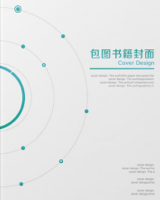Developing a general extended UTAUT model for M-payment adoption
To determine the most frequent factors that extended the Unified Theory of Acceptance and Use of Technology (UTAUT) in the context of Mobile payment (M-payment) adoption, a quantitative meta-analysis approach of 25 studies was undertaken. The results indicated that perceived risk, perceived trust, perceived cost, and self-efficacy were the most frequent factors that achieved significant results in the surveyed studies. Accordingly, this study is an attempt to extend the UTAUT model with these factors; proposing a general extended UTAUT model for M-payment adoption. The proposed model is validated using the partial least squares-structural equation modeling (PLS-SEM) approach. The data were collected from a total of 436 M-payment users in Oman. The results indicated that the best predictor of M-payment users' intention to use the M-payment system is performance expectancy, followed by social influence, effort expectancy, perceived trust, perceived cost, and self-efficacy, respectively. Nonetheless, perceived risk was found to have an insignificant negative impact on the behavioral intention to use M-payment systems. The conclusions derived from this study enhance the understanding of the factors determining the adoption of M-payment systems in Oman.
